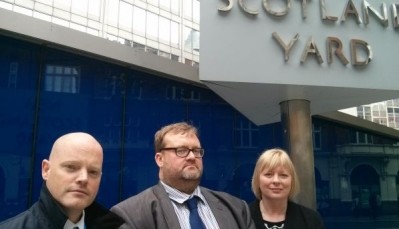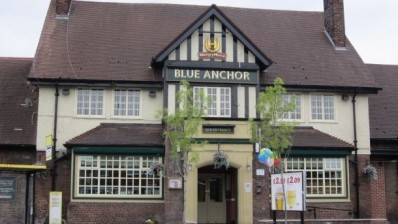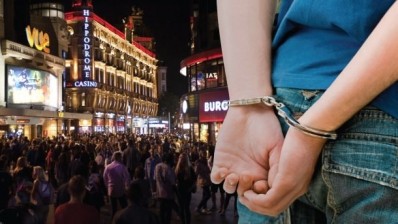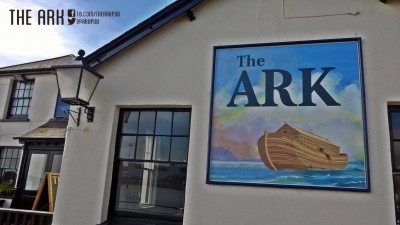Freedom of Information
Exclusive: National rise in violent crime at pubs
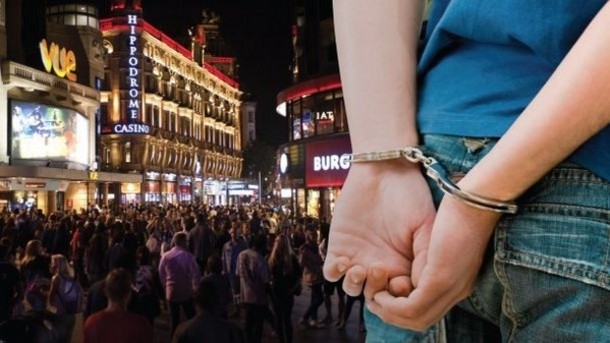
Last month the PMA revealed figures for London, where violent crime shot up 24% in 2014. The Met Police said the rise could be due to a crackdown, rather than a rise in violence.
Two thirds see a rise in violent crime
But Freedom of Information (FOI) requests sent to police forces up and down the country found that more than two thirds of areas had experienced a rise in violent crime in 2014, with the trend set to continue this year.
Offences reported include murder, wounding/GBH, assault with injury, common assault, violence with an offensive weapon, harassment and other cases of violence.
The figures indicate an increase in violent crime at pubs in 2014 in London, West Yorkshire, South Yorkshire, Cambridgeshire, Cumbria, Lincolnshire, Essex, Norfolk, Powys, Nottinghamshire, Hertfordshire, Cleveland, Northamptonshire, Avon and Somerset, Greater Manchester, Merseyside, North Yorkshire, Bedfordshire, Northumbria, Sussex, North Wales and Northern Ireland.
Significant year-on-year increases were seen comparing 2013 to 2014 in Merseyside, Norfolk, Northamptonshire, Sussex and South Yorkshire.
In total 22 of the 31 national forces which responded to the FOI request recorded an increase.
Typical figures came from Greater Manchester Police, where violent crimes rose from 1,379 reported in 2013, to 1,695 in 2014. Already 1,085 incidents have been recorded for the first half of 2015.
Improved data gathering
Inspector Phil Spurgeon from the City Centre Neighbourhood Policing Team told the PMA the rise could be down to a change in the way crime is recorded. He said the force had cracked down on violence, ensuring all calls are recorded as crimes faster than used to be the case — aiming to improve data gathering.
“This means that although we aren’t seeing an increase in calls about violence, we are seeing a higher percentage of those calls being converted to crimes and, therefore, affecting the figures,” he added.
Lincolnshire only saw a relatively small rise in 2014 – from 384 to 410 cases.
Police tactics
Sergeant Kim Enderby, licensing manager at Lincolnshire Police, told the PMA about tactics that are used to try to reduce the rates.
“Following an incident we might, for example, visit a premises and suggest the introduction of polycarbonate to replace glass, a more robust search policy or a reduction of opening hours,” he said.
“If a licensee fails to make reasonable changes, or continues to break the terms of their licence resulting in repeated incidents of violence, we will take enforcement action. Ultimately this could result in the premises losing its alcohol licence.”
But it wasn’t bad news for the whole country — Gloucestershire has been one of
the few areas to consistently see a reduction over the past five years.
Senior harm reduction adviser at Gloucestershire Constabulary David McFarlane said good relationships with operators had driven incidents down.
“This has resulted in venues being encouraged to report incidents so that an accurate picture, if formed, can be acted upon.”
Gloucester and Stroud uses a red and yellow banning scheme, where perpetrators are given a warning before being barred from all venues.
“This has led to a structured and consistent way of dealing with troublemakers,” he said.
